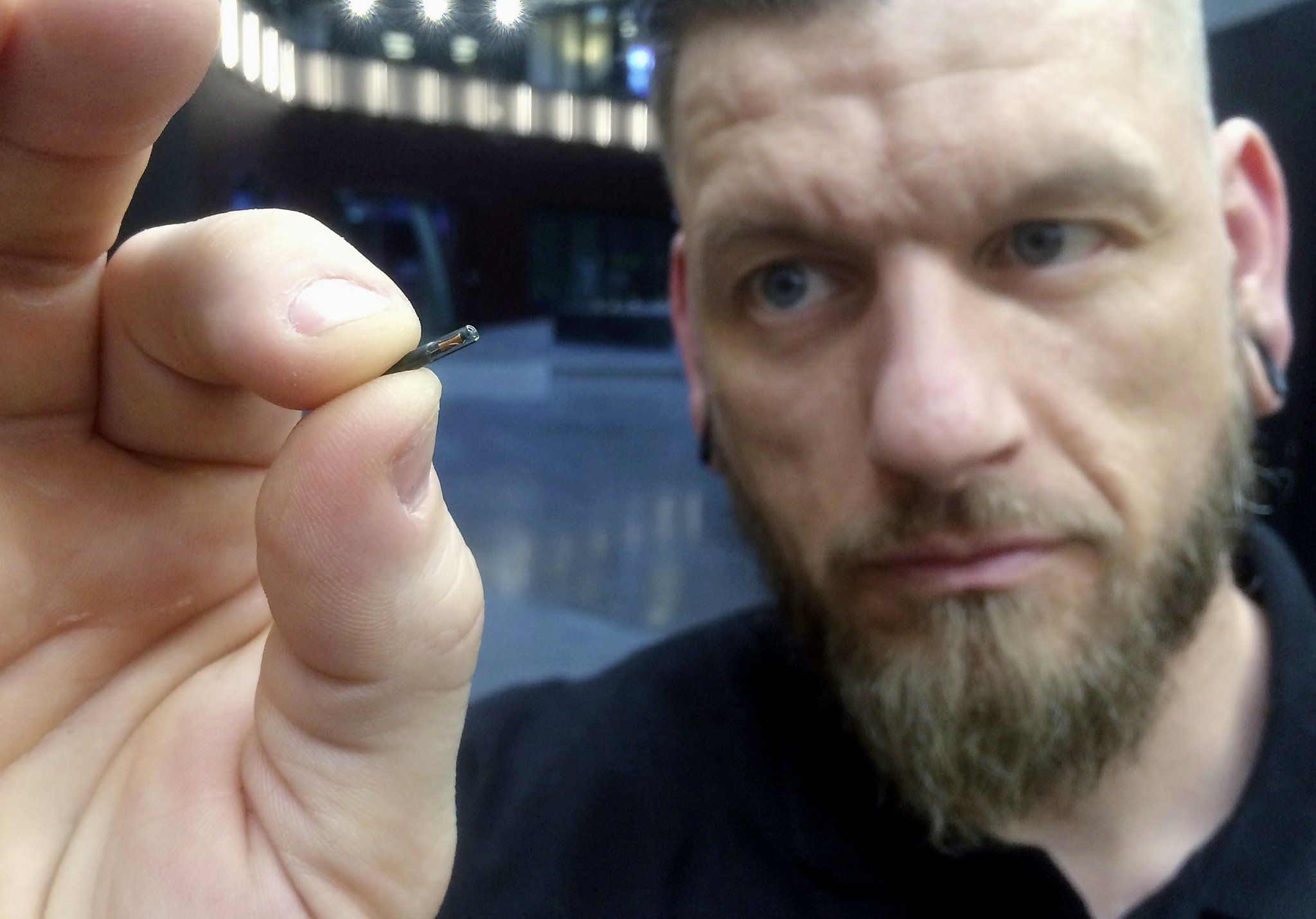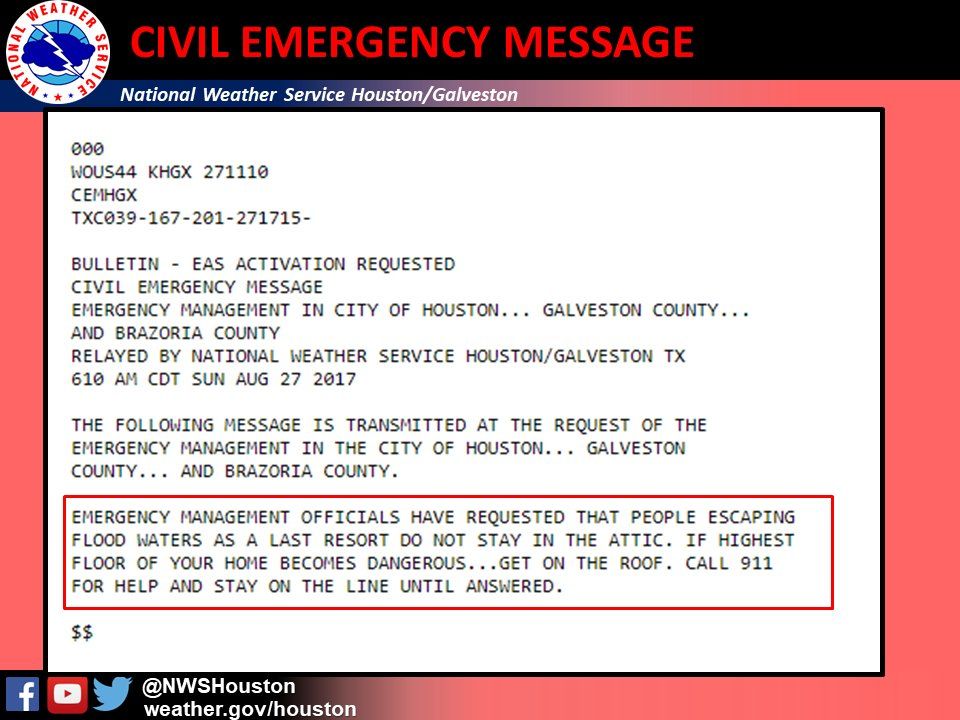Now a long lasting ice cream which does not melt soon is available and being sold in Japan, which is scientifically proven.
Get the latest international news and world events from around the world.
The Coming Singularity: Ray Kurzweil
By 2045, we’ll have expanded the intelligence of our human machine civilization a billion fold. That will result in a technological singularity, a point beyond which it’s hard to imagine…
“Well, by 2020 we’ll have computers that are powerful enough to simulate the human brain, but we won’t be finished yet with reverse engineering the human brain and understanding its methods.”

Chip implants make humans more efficient
My new Op-Ed for The San Francisco Chronicle: http://www.sfchronicle.com/opinion/openforum/article/Chip-im…003194.php #transhumanism
Wisconsin company Three Square Market recently announced it will become the first U.S. company to offer its employees chip implants that can be scanned at security entrances, carry medical information and even purchase candy in some vending machines. A company in Europe already did this last year.
For many people, it sounds crazy to electively have a piece of technology embedded in their body simply for convenience’s sake. But a growing number of Americans are doing it, including me.
I got my RFID implant two years ago, and now I use it to send text messages, bypass security codes on my computer, and open my front door. Soon I’ll get the software to start my car, and then my life will be totally keyless.
The type of chip implants in humans varies depending on the manufacturer or purpose of the device. A few hundred thousand people around the world have cochlear implants, which allow deaf people to hear. Others have implants to help with Alzheimer’s, Parkinson’s or even depression. A growing number of transhumanists — people who want to use radical technology in their bodies — have the $60 implant I have. It’s tiny, about the size of a grain of rice, and is injected into the body by a syringe. The injection process — usually in the hand near the thumb — is often bloodless and takes seconds to complete.
Harvey hits Texas with 130mph winds
Texas residents are left reeling by ‘catastrophic’ flooding caused by Hurricane Harvey. Forty inches of rain is expected to fall with an estimated $40bn worth of damage left behind.

The great outer space LAND GRAB of the near future: Conflicts over space rock mining rights
(Natural News) Space has become a veritable goldmine of natural resources for many companies, yet can anyone lay claim to them? That’s the question legal experts claim will become relevant in the future as firm turn to the stars for precious metals and minerals, and it’s one that also needs to be answered as soon as possible to avoid hostility between competing firms and countries.
Barry Kellman, law professor of space governance at DePaul University in Chicago, explained: “There is a huge debate on whether companies can simply travel to space and extract its resources. There is no way to answer the question until someone does it.”
According to one international treaty, this need not even be an issue. The Outer Space Treaty of 1967, formally known as the Treaty on Principles Governing the Activities of States in the Exploration and Use of Outer Space, Including the Moon and Other Celestial Bodies, has served as the main standard for sharing space. As per the 1967 treaty, no single country can claim “national appropriation” of celestial bodies “by occupation or by other means”. (Related: MINING just one large asteroid could COLLAPSE the world economy due to surge of new supply for valuable metals.)

Cyberattacks, not North Korea, pose greatest security threat
Based on the news, one would think the greatest threat to our nation is North Korea’s looming capability to strike the continental United States with nuclear tipped intercontinental ballistic missiles (ICBMs).
While the Hermit Kingdom’s ability to launch missiles with miniaturized nuclear payloads that can reach the U.S. is alarming, another threat to our national and economic security — targeted cyberattacks by state-sponsored advanced persistent threat (APT) groups and terrorist and criminal non-state actors — is being overlooked.

Will artificial intelligence make our kids stupid and rude?
Scott Ott spearheads the questioning of human-computer interaction and its effect on society in this Right Angle. Steve Green and Bill Whittle are talking on this topic.
Scott Ott I’ll insert here a trigger warning… You may want to turn off all artificial intelligence devices before watching this episode. We are not responsible for what they say or do or order for you.
Duke Robotics Inc
Duke Robotics Inc. announces, TIKAD, a dramatic step forward in protecting our troops by developing the resources needed to fight terrorism effectively today.
Governments are spending more than ever before on Defense budgets today, which provides an enormous incentive to solve problems that troops currently face.
TIKAD, the Future Soldier, saves lives by replacing boots on the ground.
Duke Robotics will work with select government clients around the globe with the goal to reduce the number of deployed troops as well as empower troops with immediate air-power deployment, improving prospects of mission success, minimizing battlefield injuries, loss of life to friendly troops and saving innocent civilians.
Connect with Duke Robotics on Social Media:
Facebook: https://www.facebook.com/Duke-Robotics-Inc-306954363074637
World’s First Hologram Table
This is our latest update.
The title says “world’s first hologram table” in fact more correctly we should say “world’s first multiuser hologram table” there have been some before that only one person could view at one time.
http://www.euclideonholographics.com
Or you can contact us directly at [email protected]
This product is about to do its first manufacturing run.
If you are interested in pre-ordering, distributing or investing, please contact us.